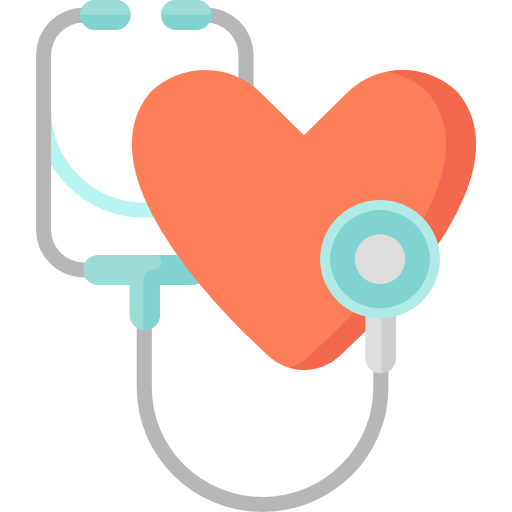Facial Veins are broken blood vessels, broken capillaries, facial telangiectasia, or rosacea veins. They are popularly known as “Spider veins” that appear underneath the skin’s surface. They are small, red, web-shaped seen across the skin surface.
Facial spider veins are unsightly and many people try to identify the cause and seek appropriate treatment to get rid of them. There are varied causes of facial veins, some may indicate an underlying medical condition. They may appear in any part of the body, however, they are mostly seen on the patient’s face and legs.
Apart from the unsightly appearance, spider veins do not cause any other symptoms. They are harmless but they can impact one’s self-confidence. Luckily, facial spider veins can be treated once the cause is identified.
Our body is made up of numerous veins. The venous system has a complex network of tiny veins draining into larger veins. Determining the location and type of vein is extremely crucial to find appropriate treatment for spider veins.
Anatomical location of Facial Veins
1. Chin, Cheeks, and nose
Most patients confirm having facial veins in these areas. These veins are mostly telangiectasia (fine blood capillaries), which are bright red. They usually occur individually or as a large patch in the patient's cheeks, chin or nose.
2. Periorbital area
Such facial veins are located under the eye or lateral to the eyes. They are reticular and bulging veins. They are associated with veins located in the temple area.
3. Temple
The majority number of patients have facial veins located on their temples. They appear to be branching from a single vein at the lateral sides of the eye, and several veins branch upwards towards the hairline.
This article will highlight the major causes of facial spider veins, how to remove facial veins and what are the best treatment options available for the same. These veins are generally blue/green in color.
4. Forehead

Facial veins in the forehead are large, vertical, bulging, and rarely show any color. They may be single or multiple. Such veins are not aesthetic and patients want them to be treated as it affects their appearance.








